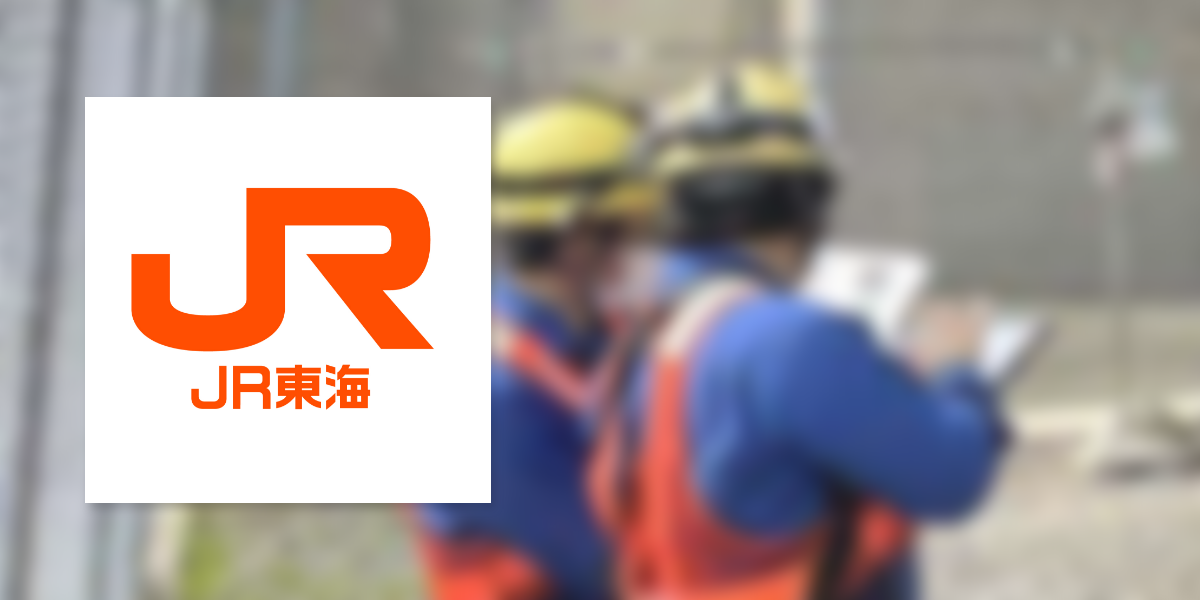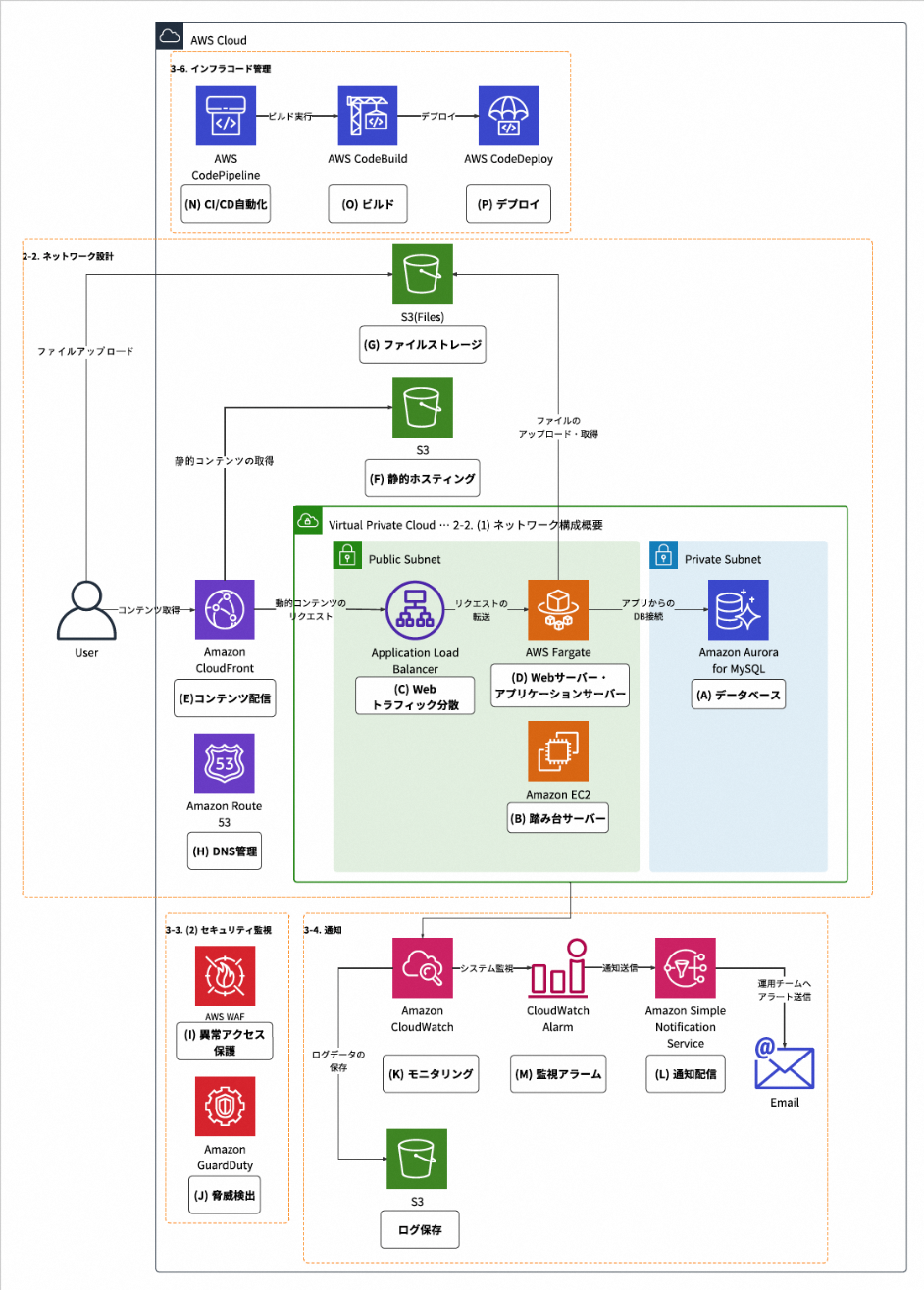Central Japan Railway Company: Development of a Prototype App to Enhance and Streamline Bridge Inspection Operations

Central Japan Railway Company (hereafter referred to as JR Central) primarily operates railway businesses, including the Tokaido Shinkansen, and also engages in related businesses such as distribution and real estate.
Recently, JR Central, aiming to achieve "more advanced and efficient maintenance operations," envisioned using an app for bridge inspection tasks. AsiaQuest supported the development of this prototype version.
Background & Purpose
Revolutionizing Infrastructure Maintenance Operations with Inspection Apps and Data Utilization
Japan's social infrastructure (including road bridges, tunnels, rivers, and sewage systems) was intensively developed during the period of rapid economic growth. Recently, alongside the progressing aging of these structures, environmental changes such as labor shortages have become apparent. Establishing a strategic and efficient maintenance system has become an urgent challenge for society as a whole.
Against this backdrop, JR Central recognizes the realization of "more advanced and efficient maintenance operations" as a critical issue. To resolve this, they have envisioned promoting operational reform through the utilization of an inspection app to advance and streamline inspection operations, along with strategic maintenance management through the analysis of accumulated data.
Role
App Development to Enhance and Streamline Bridge Inspection Operations Leveraging Expertise in Function Design and Implementation Process
At AsiaQuest, we handled the entire process from requirements definition to implementation, testing, and trial of the inspection app. The development team consisted of a project manager (PM), backend engineers, frontend engineers, and infrastructure engineers, advancing the development while leveraging expertise in each field.
During the requirements definition stage, specific challenges in on-site inspection operations were organized, and the necessary functions for the app were clarified. Special attention was given to features that are directly linked to the advancement and efficiency of inspection operations, such as displaying past anomaly data, inspection support functions, and centralized data management.
The function to display past anomaly data utilizes 2D drawings and 3D models to visualize past anomaly locations creatively, constructing a system that allows smooth searching in bridge inspections.
The inspection support function includes features to display manuals referenced during inspection judgments and highlight key focus points, creating a mechanism to advance on-site inspection operations.
After the development completion, on-site trials have commenced. We are now in a phase where we verify the system's usefulness in actual inspection operations and identify further improvement points.
Development of a Prototype Version with Future Scalability in Mind
Flexible System Configuration Using AWS
The system configuration emphasizes scalability, flexibility, and cost balance, primarily utilizing AWS managed services. The frontend is developed in React, with static files hosted on S3, achieving fast and stable distribution via CloudFront.
The backend uses a containerized Laravel operating on Fargate, minimizing infrastructure management and enabling scalable adaptation when needed. The database employs Aurora with high availability and MySQL compatibility, ensuring reliability and performance. We utilize CodePipeline for CI/CD to achieve automated deployment, balancing improved development efficiency with quality assurance. Furthermore, security and operational monitoring have been enhanced with CloudWatch, WAF, and GuardDuty. This setup ensures that, despite being a proof of concept, the system is smoothly adaptable for future production transitions and expansions.

Selection of Technology Suitable for JR Central's Requests
■Selected Technology
PWA (Progressive Web Application) Support
- Desire to conduct inspections even in areas without a network signal.
- Aim to trial at a lower cost than native applications.
*PWA (Progressive Web App) is a technology used to build web applications that have the usability and functionality of native apps. It supports offline capabilities, push notifications, and home screen additions.
3D Model Display Support (Three.js)
- Intend to use 3D models to accurately identify the location of anomalies.
- Desire to use technology that is highly compatible with the framework (React) planned for use in the web app.
*Three.js is a JavaScript library for displaying 3D graphics in a web browser. It simplifies handling WebGL, making it easy to implement 3D models and animations.
Map Display Support (Leaflet)
- Aim to display simple maps even at the proof of concept stage, customize markers, popups, plot locations, and show polygons.
*Leaflet is a lightweight and easy-to-use open-source JavaScript library for displaying maps. It allows displaying interactive maps on the web, with easy customization like markers and popups. Low learning cost is also an advantage.
Brand Experience
Through the development of four functions, the advancement and efficiency of bridge inspection operations were confirmed.
The development of the four functions confirmed the system's effectiveness from multiple perspectives, such as advancing, streamlining, and standardizing data in bridge inspection operations.

■Function Overview
1. Display Function for Past Anomaly Data
The ability to display past anomaly data as a list on a tablet screen has been confirmed to contribute to the efficiency of inspection operations by facilitating smoother anomaly searches on-site compared to paper materials.
2. Inspection Execution Function
The input of anomaly data on-site is configured for seamless entry using dropdown lists. It was also confirmed that completing information entry for photos and template drawings within the app greatly reduces the time required for post-inspection work (*).
Additionally, minimizing free-text entry for anomaly data and recording in a consistent format using dropdown lists has made subsequent data analysis and utilization easier. Standardization of anomaly data facilitates smooth comparison and analysis of past inspection records, establishing the groundwork for long-term data utilization.
(*tasks like transferring digital camera data to a PC, entering information into photos and drawings, and registering into a database)
4. Inspection Support Functionality
Display functions for inspection manuals and check functions for focal points have created an environment where even staff with limited experience can conduct thorough inspections, demonstrating the potential for advancing inspection operations.

3. PWA (Offline Functionality)
Developed offline functionality that allows inspections to be performed without network constraints, confirming stable operations even in areas without signal coverage.
Outlook for the future
Function Enhancement for Production Operations to Achieve More Advanced Inspection Operations
Through this proof of concept, the potential for the inspection app to contribute to the advancement and efficiency of bridge inspection operations has been confirmed. Moving forward, based on the proof results, we will consider expanding functions to realize more accurate and stable inspection operations for production deployment.
At present, we are planning to develop functions that allow detailed acquisition of anomaly data, considering mechanisms to analyze anomaly progression trends and realize integrated management through data linkage with other systems. This will drive the establishment of a data foundation that contributes to preventive maintenance.
AsiaQuest will continue collaborating with JR Central, leveraging insights gained from this proof of concept, and contribute to the digital transformation (DX) of bridge inspection operations, as well as the advancement and efficiency of bridge maintenance management.
Testimonial
Feedback From The Customer Using This System
"As civil engineers, having an app like this that reflects our desires is truly a challenging project undertaken right from scratch. However, I was amazed at the development speed, completing an app in less than half a year."
"AsiaQuest seemed to understand the most essential aspect of developing an app closely aligned with operations—eliminating the gap between user and developer perceptions. Specifically, they visited inspection sites frequently to ask questions and propose further function enhancements.”
“This proactiveness results in consistently high-quality output across various projects. In addition, the UX/UI proposals were extremely well-conceived, allowing us to advance development with ideas that JR Central alone could not have conceived."
“With every meeting, I felt a stronger sense of unity between AsiaQuest and our company’s team. They responded appropriately to our numerous questions and needs, enabling the successful development of additional features. The bridge inspection support app, filled with various thoughts, has become as beloved to us as if it were our child.”